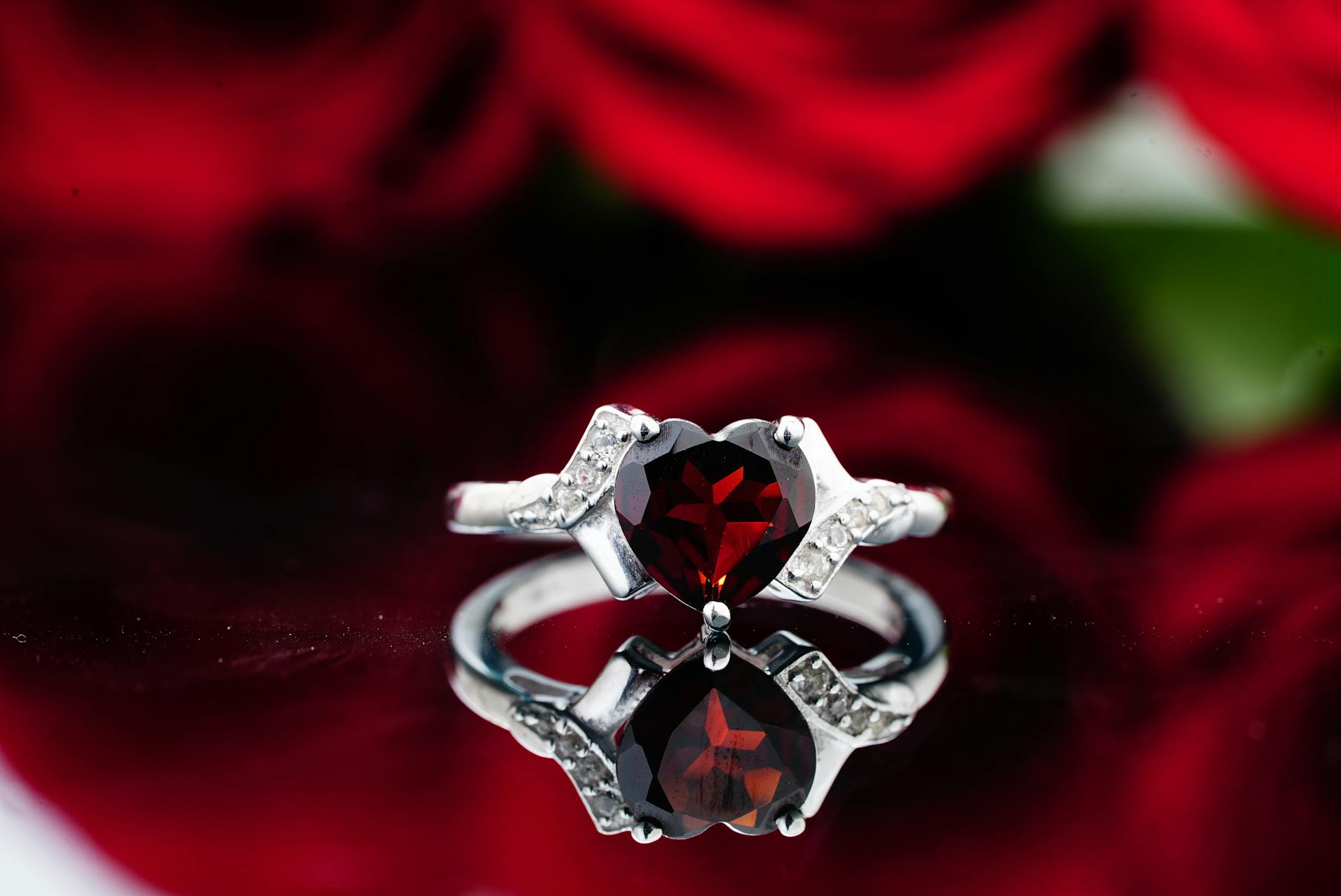Today, fine jewelry isn’t just eye candy anymore—it’s a tech-powered asset class that meets more personalized and select tastes. With the global fine jewelry market projected to hit $340 billion by 2025, more investors like you are turning to blockchain, AI, and lab-grown gems to blend elegance with their projected return on investment.
Here’s how cutting-edge tech is transforming how you buy, sell, and invest in your sparkles.

1. Immutable Trust: Blockchain Authentication
You want bullet‑proof proof of authenticity. That’s why, on top of building your interests in GIA-certified diamonds, you have blockchain to further infuse credibility into your ownership. This year, over 10 % of today’s jewelry trade (~$30 B worth) is tracked on decentralized ledgers to guarantee provenance and secure investment.
It means every gold band or diamond you’ll possess is now linked to an unchangeable history—from producers to you—cutting out counterfeits and giving you peace of mind when you invest in them.
2. Liquid Luxury: Fractional Ownership
Traditional fine jewelry has been wallet‑heavy and illiquid—until now, with blockchain tokenization, it’s opening up fractional ownership models that were once restricted to real estate or art investments. By 2025, more platforms will allow investors to own slices of high‑end jewels, making luxury assets tradeable, with real‑time pricing and low fees.
Meaning, you can diversify your portfolio with fine jewelry without locking up tens of thousands upfront from your coffers.
3. Custom Keepsakes: AI‑Powered Appraisals & Bespoke Gems
When it comes to red‑hot niches like ruby engagement rings by Diamondere, AI appraisal tools go beyond guesswork. Today’s systems can analyze clarity, carat, color, and cut—instantly—and benchmark against live sales all over the world.
For you, that means personalized rings that aren’t just beautiful—they’re proven investment pieces that could profit you more than monetary value. With today’s more responsible brands, they can enhance allure by pairing AI‑verified expertise with stunning custom designs to your satisfaction.
4. Nano‑ID Security: Laser‑Inscribed Provenance
You can think and take authentication beyond your expectations. Innovations like Opsydia now use sub‑micron laser engravings inside diamonds—impossible to polish off—to embed nano‑codes linked to blockchain records and protect your investment better.
So, as you invest in a high‑value piece, you’re holding not just beauty, but an invisible serial number that tracks ownership and value history–preserved just for you and your assigns.
5. Lab‑Created Gems: Ethical Meets Profitable
Today, lab‑grown gemstones are booming—partly because they’re ethical and more precise in many aspects, from cuts to overall worth. Also, growing demand and improved tech are making these lab gems nearly indistinguishable from mined ones. In fact, luxury fine jewelry sales are expected to grow at a 6 % CAGR from 2025 to 2035 because of them.
6. Smart Shopping: Online Marketplaces & AR Try‑On
In the past, buying fine jewelry used to require trust and showroom visits—but digital platforms have changed all that. With virtual try‑ons combined with certification tools and AI chat advisors, you can already streamline your buying journey without fuss.
Also, e‑commerce in jewelry and watches is exploding—from $181 B in 2024 to $191 B in 2025, with a projected CAGR of 4.7 % through 2029, seamlessly giving you global access, transparency, and the confidence to shop big-ticket pieces from your comfort zone.
7. Authentication Services: Verifiable Certification Growth
The demand for verified luxury goods is soaring. Authentication service markets—using blockchain, RFID, and NFC—were around $2.1 B in 2023 and expected to hit about $5.6 B by 2032 (11 % CAGR). For you, this may mean that every stone you invest in can have foolproof certification or credentials. No second‑guessing, no tension—just verified value at every acquisition.
8. AI‑Driven Market Insights: Smarter Investment Decisions
Actually, AI isn’t just for appraisals—it’s for timing your purchases, too. Its predictive analytics can already help you spot trends in gem pricing, consumer demand, sustainability concerns, and even geopolitical impact at the time of your purchase.
The insight it provides can help you make strategic buys even when value is rising, particularly as fine jewelry continues to grow as a safe-haven asset (projected 4.5 % growth in 2025). It’s quite helpful, especially when it comes to:
Transparency: Blockchain and nano‑IDs ensure you’re never guessing provenance.
Flexibility: Fractional tokens let you invest smart—without overspending.
Confidence: AI and authentication tools protect you from fraud.
Sustainability: Lab‑grown gems check the ethical box without sacrificing ROI.
Access: AR try‑ons and certified marketplaces mean big‑ticket pieces delivered to your doorstep with total trust.
Final Take: Step Into the Smart Jewelry Revolution
You’re no longer bound by dusty vaults or guesswork. With state‑of‑the‑art tech like blockchain, AI, and authentication lasers, your fine jewelry investments are transparent, flexible, and future‑proof. You can confidently invest in standout pieces—for all occasions—knowing their value, provenance, and resale appeal are backed by verifiable tech.
This isn’t just about your bling—it’s savvy diversification, high‑value art, and ethical luxury rolled into one polished investment that could vouch for you for a lifetime.
HedgeThink.com is the fund industry’s leading news, research and analysis source for individual and institutional accredited investors and professionals









